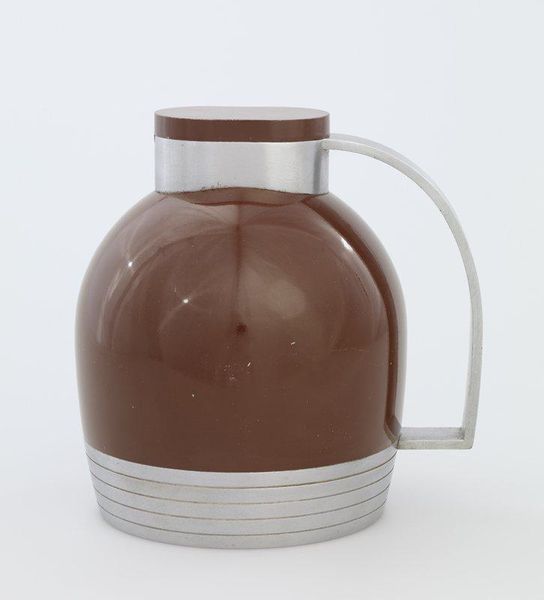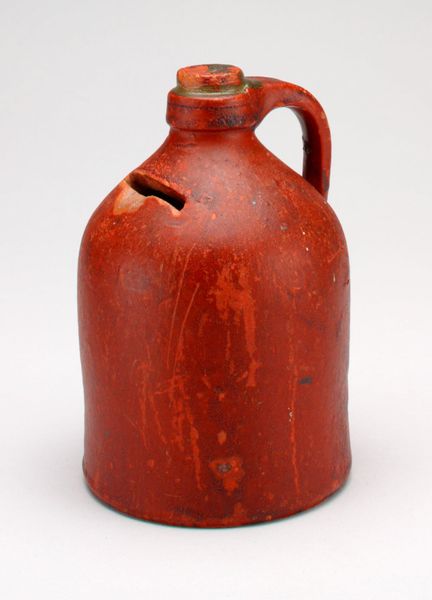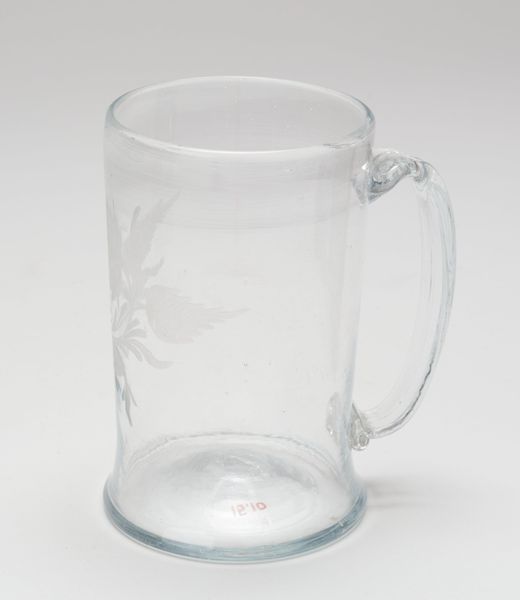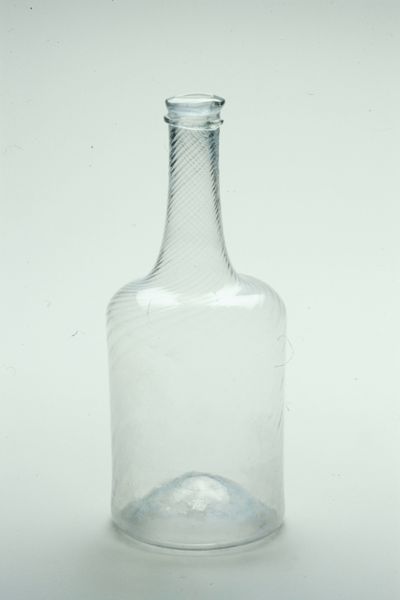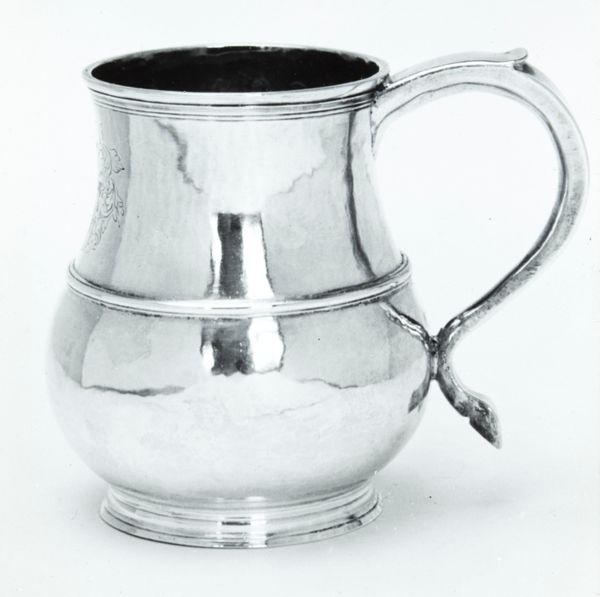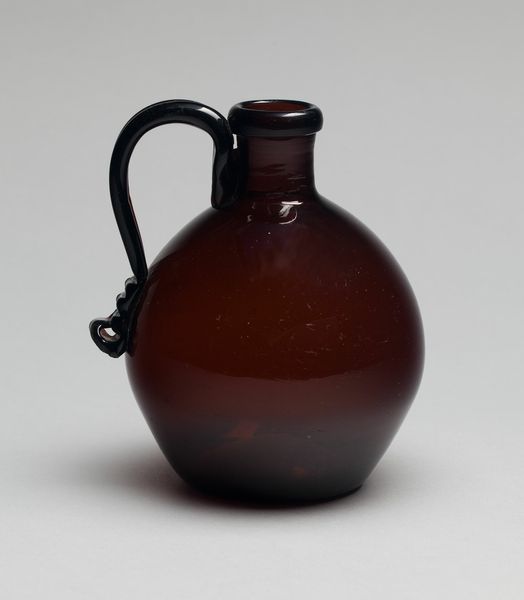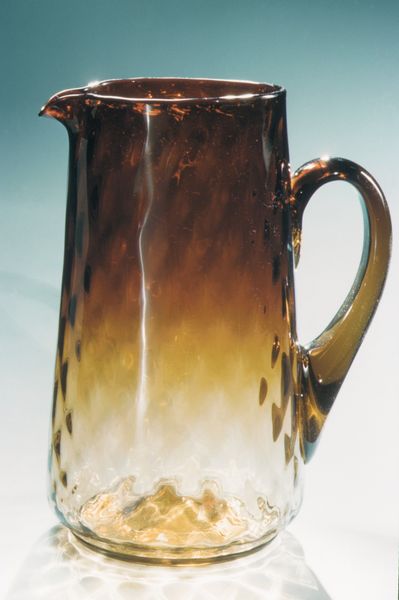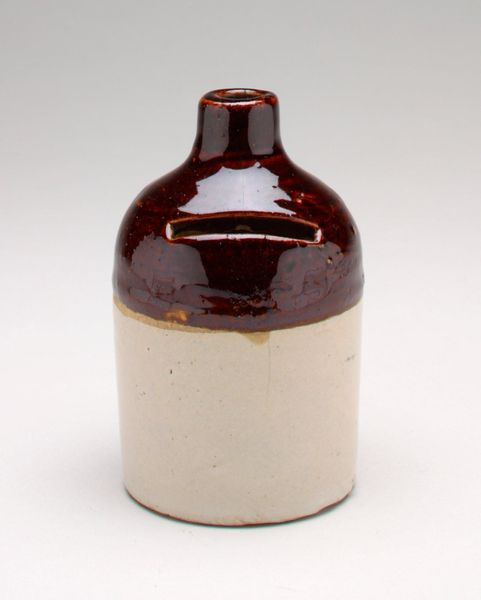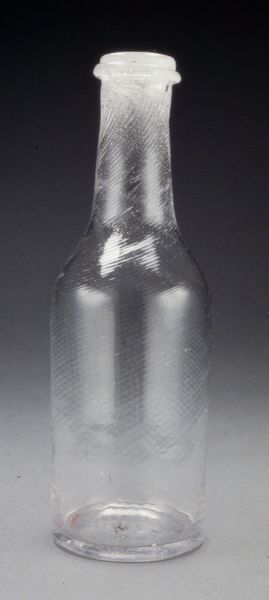
metal, glass, sculpture
#
medal
#
metal
#
glass
#
sculpture
#
ceramic
Dimensions: Overall: 10 3/4 × 5 3/8 in. (27.3 × 13.7 cm)
Copyright: Public Domain
Editor: Here we have a 19th-century flagon adorned with a medal of John Huss, crafted from glass and metal, and it’s actually a sculpture. The contrasting textures and colours, particularly the deep ruby glass against the shiny metal accents, give it a striking appearance. What elements of the composition do you find most compelling? Curator: Its allure resides in the dialectic between form and ornamentation. Note the flagon's smooth, curved volume versus the geometric precision of the metalwork, in which each complements the other, constructing a coherent whole. The colour of the glass is noteworthy; its saturation creates an illusion of density. This interplay establishes tension—a crucial aesthetic device. Observe, further, how light interacts with the surfaces. Do you see how highlights emphasize these interactions? Editor: Yes, the highlights really accentuate the contours and details! I’m curious about the metalwork in contrast with the body itself: the flagon almost appears to be supported and framed by the metal pieces. Is that purposeful, in your opinion? Curator: Precisely. It seems apparent that the function of the glass is to showcase and, to a degree, be in service of the metal, its support structure. Without the metal casing at the top and bottom of the piece, this glassware might have been presented with a more unassuming presence. These choices contribute to a dynamic tension, creating something greater than the sum of its parts. Editor: That makes sense! It really alters my understanding, seeing how the materials depend on each other for visual impact. I hadn't considered that balance before. Curator: Precisely! The structural logic governs its success as an artwork.
Comments
No comments
Be the first to comment and join the conversation on the ultimate creative platform.
